Bowman Palace 3 review
A fast, spritely and comfortable racing bike that utilises easy to live with standards
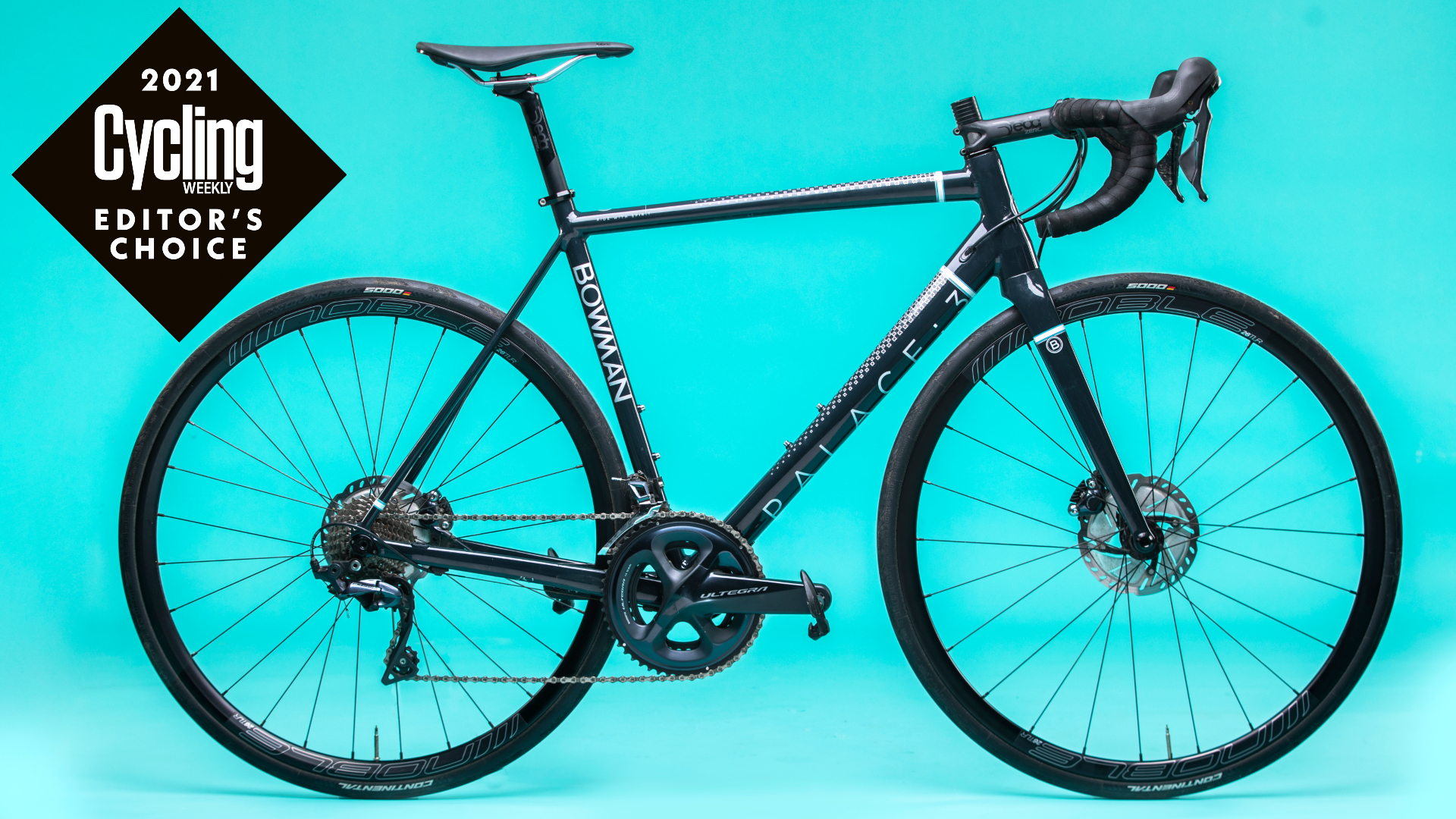
Blending superb power transfer and speedy tendencies with all-day comfort is no mean feat. But to pull that off as well as delivering incredible value in a full Ultegra build with hand-built wheels is most impressive. The judiciously chosen standard standards and robust aluminium frame serve to make the Palace 3 easy to live with as well.
-
+
Excellent power transfer
-
+
Great wheels
-
+
User-friendly standards
-
+
Comfortable
-
-
Frame can collect water
-
-
Tyres aren’t tubeless ready
You can trust Cycling Weekly.

Launched in 2014, Bowman Cycles was set up by Neil Webb after a couple of decades working in the bike industry. It has since built a reputation for quality frames that really sweat the details.
Named after the Crystal Palace criterium circuit in South London, the Palace 3 is Bowman’s aggressive and speed-oriented offering. After over 1,000 kilometers aboard - including 500km of December riding the Rapha Festive 500 - I can confirm that it certainly lived up to its billing.
The frame
Whilst carbon is the de facto material of choice for many, Bowman opts for 6069 aluminium, arguing that this delivers the best balance between performance, price, and day to day liveability.
By working with metal Bowman is able to tailor the geometry to be specific to each of the sizes the bikes come in. This contrasts with some manufactures of carbon bikes who reuse the same mould of the rear triangle for multiple sizes to save on costs, but at the sacrifice of the ride quality of certain sizes.
Sticking with the geometry, in a size large, the Palace 3 has 562mm of stack and a 388mm reach, which scans well with its race-y credentials and makes it easy to assume a low and aerodynamic position. This compares well with the immediate alloy competition; the Palace 3 comes in 13mm lower than the Cannondale CAAD 13 and only 3mm higher than the all-out crit machine, the Specialized Allez Sprint Comp Disc.
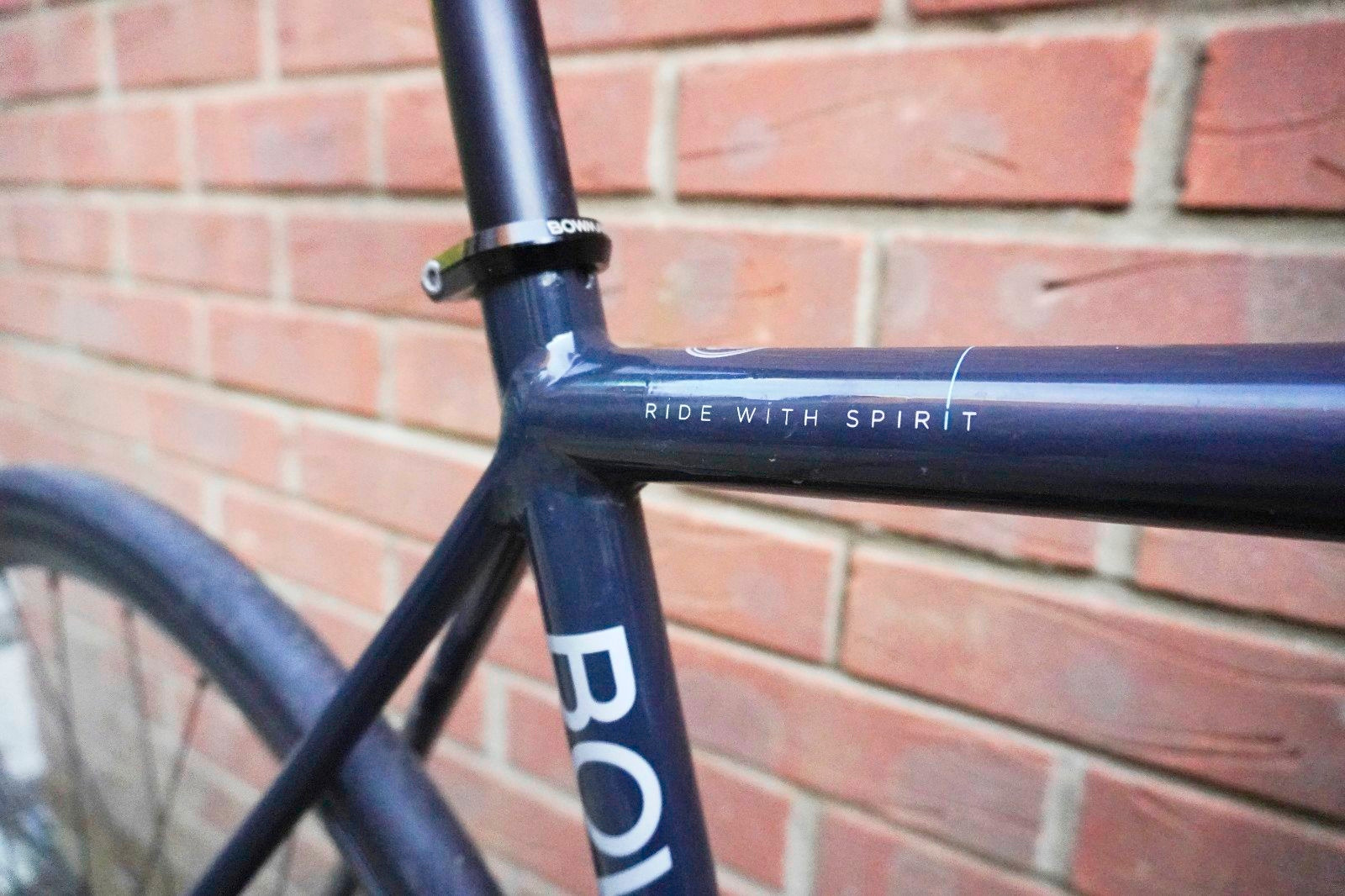
A lot of work has gone into the tubing, with different diameters and cross sections, as well as the wall thicknesses, selected with a definite purpose in mind. This comes together in the form of bridgeless slender seatstays, aiding rear compliance and chunky tubing around the bottom bracket ensures minimum flex when putting the power down. The result was well balanced for my needs.
The cable routing is about as straightforward as you get with internal – there are no fancy gymnastics around the headset here – simply popping in at the top of the downtube and popping out again just before the bottom bracket. It also has dedicated ports for electronic groupsets.
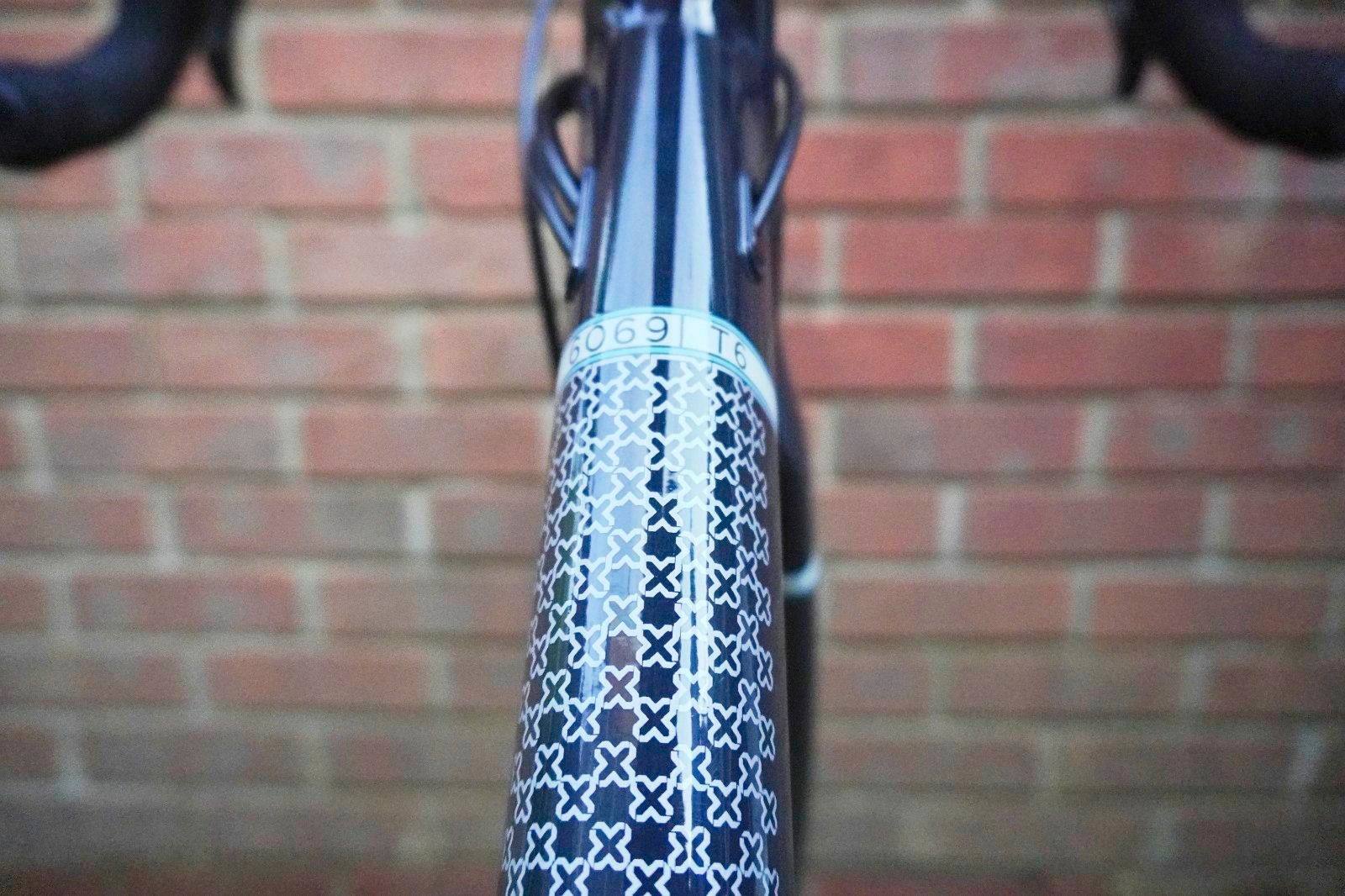
But one of the best parts of the frame has got to be the use of standard standards. It takes a 27.2mm seat post, a BSA threaded bottom bracket, as well as the now ubiquitous amongst road bikes flat mount disc brake calipers. The headtube is 1 1/8 – 1 3/8 which is a fairly common size and replacement bearings are readily available. The thru axle dimensions are 12 x 100mm and 12 x 142mm. All this adds up to a bike that should be pretty easy to buy spares and upgrades for, which is always good to see.
Although optimised for 28mm rubber, the Palace 3 has room for tyres up to 30mm wide, this broadens the versatility of the bike, though elsewhere other brands are going wider to 32mm. Being speed focused, the Palace isn't designed to take mudguards, so if you’re after something that is more of a winter mile muncher, Bowman’s Weald would present a better option for you.
The Spec
Bowman has built this frame up with an impressive collection of components. You get a full Ultegra hydraulic groupset. No skimping by swapping out the crankset for a lower tier or sneaking a 105 cassette and chain into the build, which is something done by many other brands on their bikes that sit around the £2,500 mark. But it is the wheels and tyres where this bike really shines.
You would be surprised how common it is for a factory wheelset to come out not quite true, even relatively expensive ones. It’s not just a side-to-side wobble to look out for, radial (up and down) trueness is more important than lateral trueness. Side note - if you want to know if your wheels are vertically true, pop your bike in a work stand, click it into the biggest gear and get the rear wheel spinning. If you notice the rear end start to oscillate, this is because the wheel isn’t perfectly vertically true and, as you would expect, this becomes more noticeable at higher speeds and can make the bike far less stable on the bike.
That was not the case on this bike, with the hand-built wheels from Noble spinning with notable perfection. The constituent parts of the wheels don’t disappoint either, the hubs run on sealed bearings take centre-lock disc rotors, making disassembly when travelling a far more pleasant experience over the six-bolt alternative.
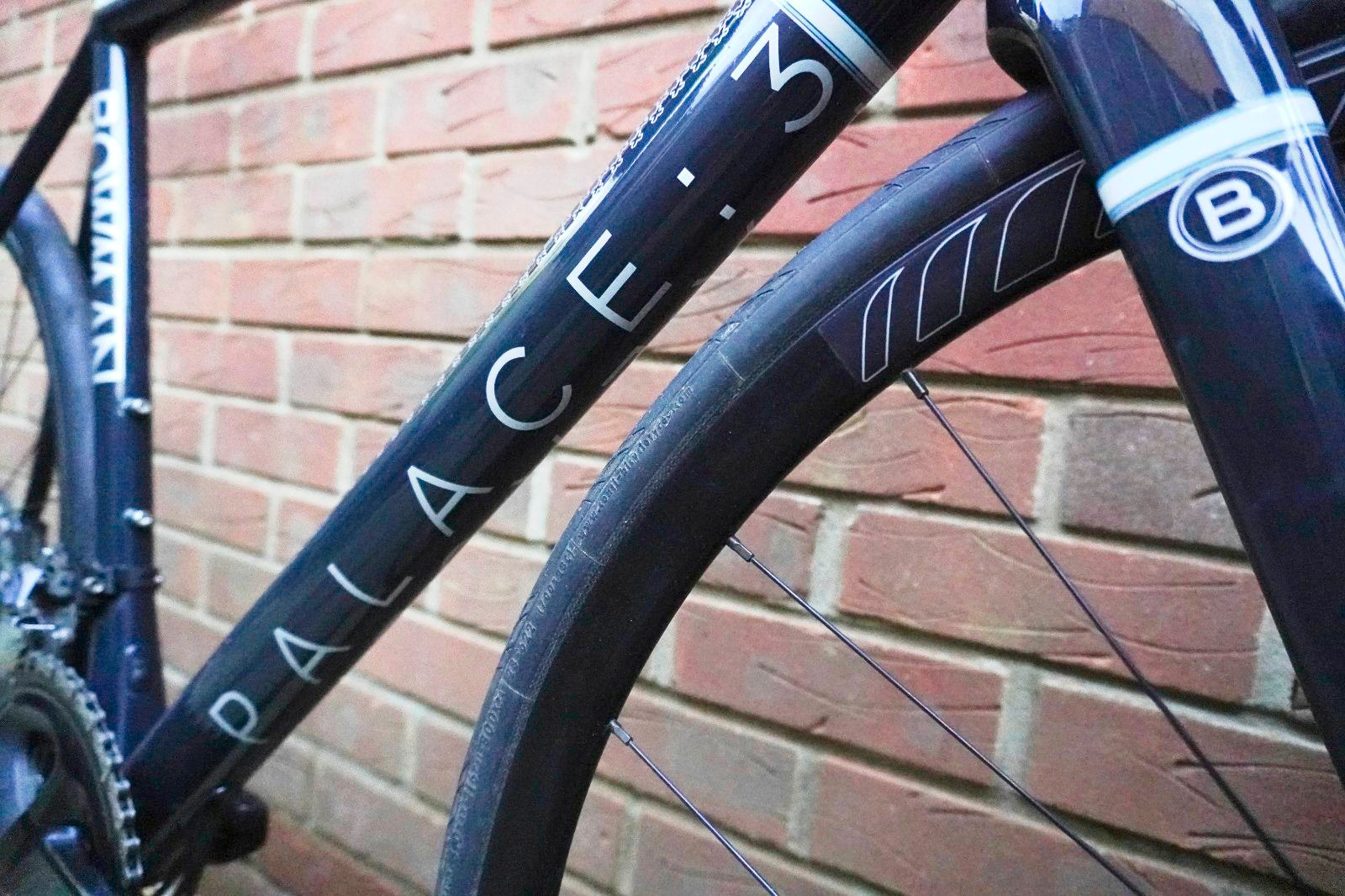
The freehub is aluminium but has a steel bite guard to stop the sprockets from digging into the body, which if you’ve ever had to use two chainwhips to wrestle your sprockets from a soft freehub, you will most definitely appreciate.
The rims of my build are alloy and are 26mm deep and with a 19mm internal width. The external width is quite wide as well and provides a smooth transition for the 28c tyres. The rims come ready taped up for tubeless but the clincher version of the Continental GP 5000s comes standard rather than the tubeless version.
I asked Webb about this and he explained that because there is a significant contingent of people who prefer to run inner tubes and due to the tubeless version of the GP 5000 being significantly more difficult to get on and off the rim – as well as not being as supple at the higher pressures a tubed system requires – he felt that this was the best compromise.
The Ride
Out on the road, the Palace 3 certainly lived up to its spec sheet.
The first thing that struck me, and what has been a continual delight, is how direct the power transfer feels. On many alloy road bikes, and a fair number of carbon bikes too, there can be a noticeable amount of flex around the bottom when putting out a top end effort. But that was essentially absent from the Bowman. With fewer watts wasted on twisting the frame, that means more for the rear wheel – and it was a whippet going up the hills.
I haven’t gotten out the stopwatch to determine whether the more direct power transfer of the Palace 3 makes it faster uphill than a lighter – but flexier – bike. But what I can say is that no matter which is faster, the solid feel of the Palace 3 is far more satisfying and I would choose it hands down. At 8.48kg in a size 56, it's not a portly bike for the RRP at all.
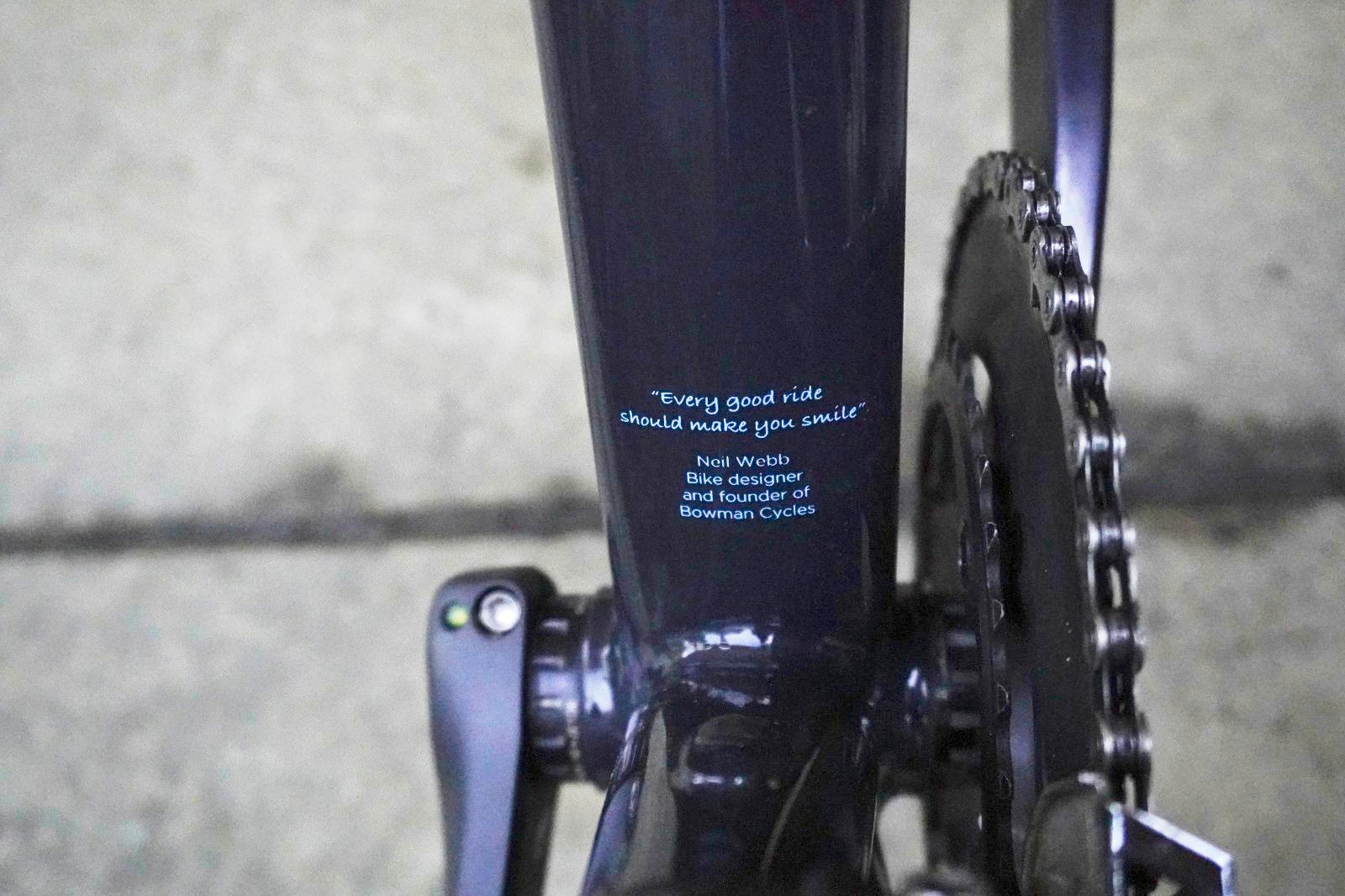
But all this hasn’t resulted in a bike that is harsh to ride. Quite the contrary, I’ve put in many long rides this winter, including a several over 120km, as well as completing the Festive 500 on it, and it has been comfortable for the entirety. Whether this is down to the slender, bridgeless seatstays, the skinny 27.2mm seat post or the plump 28c tyres, it’s hard to discern. Really, it’s probably a combination of all of them and the end result is a comfy ride.
Although the downtube is quite boxy, there aren't any of the tailored aerodynamic touches of a carbon frame and, at 26mm, the wheels are on the shallower end of the spectrum. But in spite of this, the Palace 3 was no slouch on the flats and comfortably held its speed when cruising along at 34kph.
The Ultegra groupset performed as expected, with the mechanical shifts fast and precise and the hydraulic braking powerful and easy to modulate. The 52/36 crankset and 11-30 cassette meant there was ample range at the high and low end, without sacrificing the jumps between the gears.
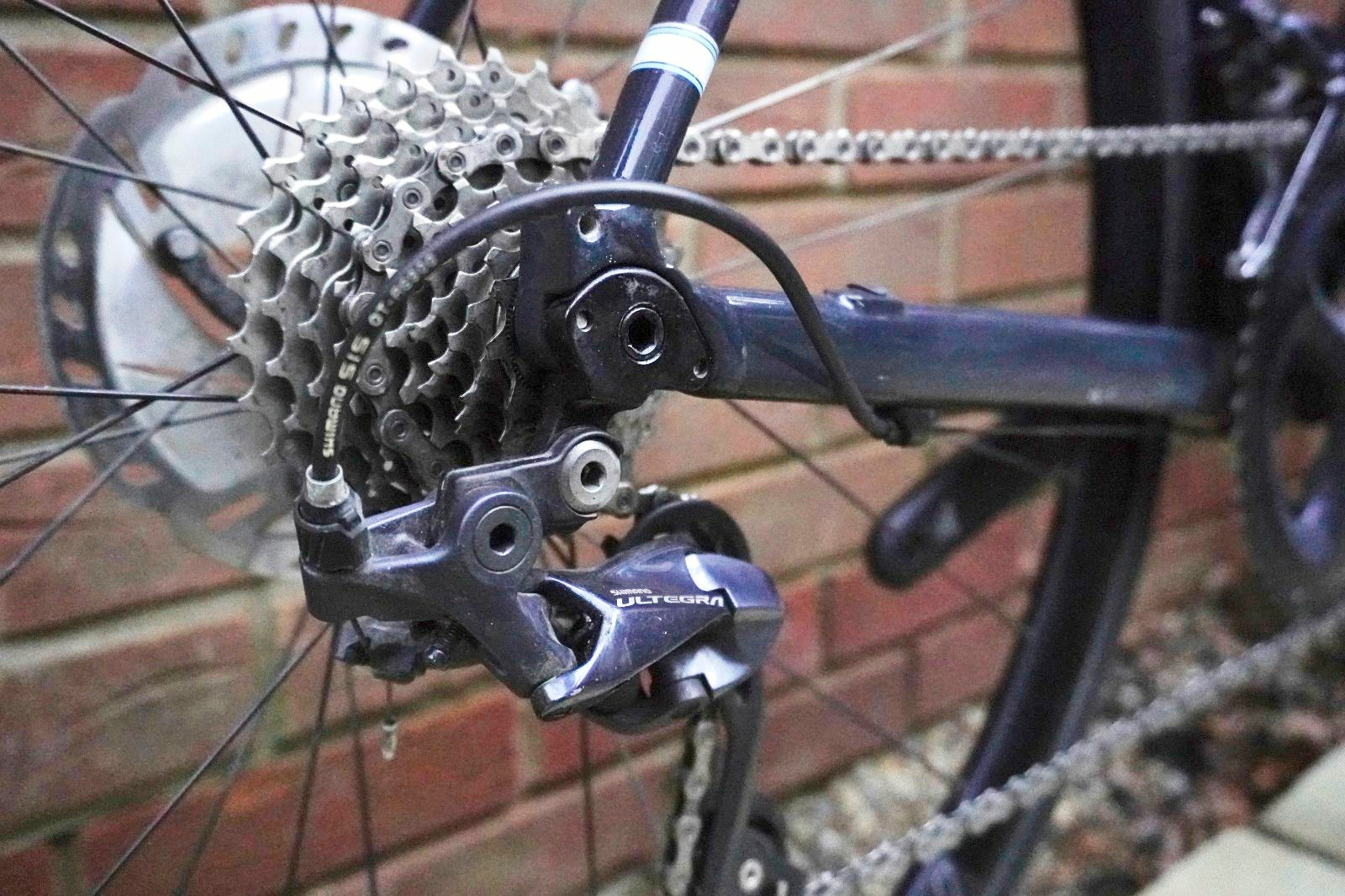
On the descents, the Palace 3 was rapid, with the wide and grippy rubber offering oodles of grip. With the wheels spinning perfectly true and the high degree of faith set store in the brakes providing the confidence to let go.
There always has to be a downside, though. And here, it was that I found the frame did have a tendency to collect water. Though unconfirmed, I think this entered the frame via the ports for the internal routing at the top of the down tube, as they aren't a particularly tight fit for the cable housing. It wasn't a lot of water, only about 25ml and it is easy to pour out of the drainage ports at the end of the chainstays. Even so, I was not thrilled to first discover this as I wheeled the bike on its rear wheel through the house and left a silty trail in my wake.
Value
Perhaps the Palace 3’s most direct competition is from the Cannondale CAAD13, which is also an Ultegra specced aluminium disc brake bike and has an RRP a penny under £2,500. But for that you have to make do with a lower tier 105 cassette and chain as well as less performance-oriented Vittoria Rubino Pro 25c tyres. The Cannondale comes with a less user friendly pressfit bottom bracket. In all, the comparison reflects very well on the Palace 3.
Alternatively, for around £200 more, you could go carbon and get the BMC Roadmachine Four. The groupset takes a step down to full Shimano 105, but the carbon frame will more than likely be lighter than the Bowman's. We were impressed with the previous version, finding the power transfer great and the wheels high quality, but overall it seemed overpriced for the spec, which has remained similar in its latest iteration. The weight for that build was 8.42kg in a size 54, so not much less than the 8.48kg in this 56.
The Boardman SLR 9.2 does challenge the Bowman at £2,200. Our last test model did come in at 7.28kg, which was impressive, and you are saving £300. However, it features a mix and match groupset comprised of Ultegra and 105, and the wheels and tyres aren’t quite on the same level as the Bowman.

Thank you for reading 20 articles this month* Join now for unlimited access
Enjoy your first month for just £1 / $1 / €1
*Read 5 free articles per month without a subscription

Join now for unlimited access
Try first month for just £1 / $1 / €1
Get The Leadout Newsletter
The latest race content, interviews, features, reviews and expert buying guides, direct to your inbox!

After winning the 2019 National Single-Speed Cross-Country Mountain Biking Championships and claiming the plushie unicorn (true story), Stefan swapped the flat-bars for drop-bars and has never looked back.
Since then, he’s earnt his 2ⁿᵈ cat racing licence in his first season racing as a third, completed the South Downs Double in under 20 hours and Everested in under 12.
But his favourite rides are multiday bikepacking trips, with all the huge amount of cycling tech and long days spent exploring new roads and trails - as well as histories and cultures. Most recently, he’s spent two weeks riding from Budapest into the mountains of Slovakia.
Height: 177cm
Weight: 67–69kg
-
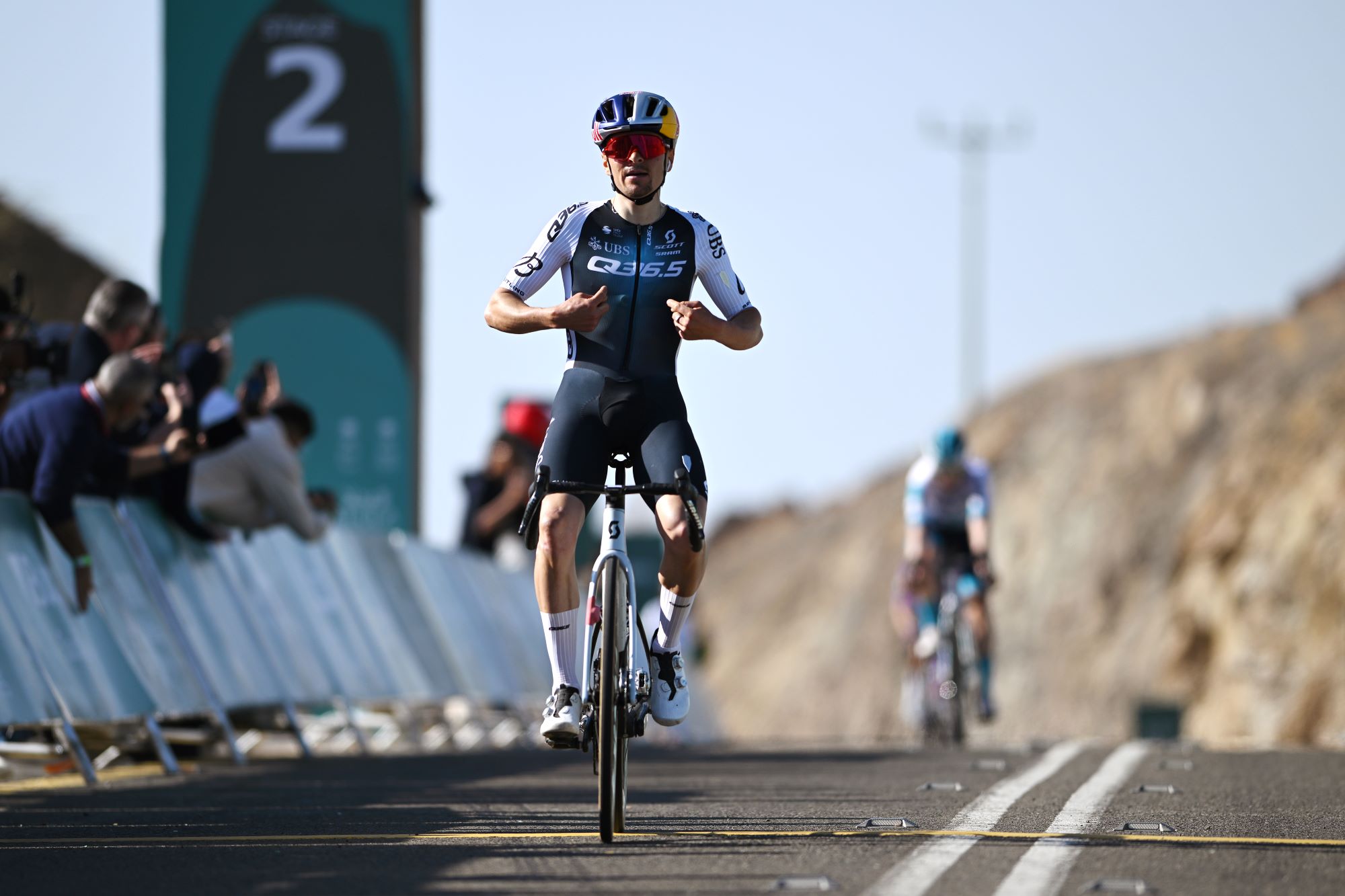 What does Q36.5 mean? We asked the people behind the Italian kit brand that sponsors Tom Pidcock's team
What does Q36.5 mean? We asked the people behind the Italian kit brand that sponsors Tom Pidcock's teamQ36.5's Luigi Bergamo and Lodovico Pignatti Morano take on Cycling Weekly's Q&A
By Tom Thewlis Published
-
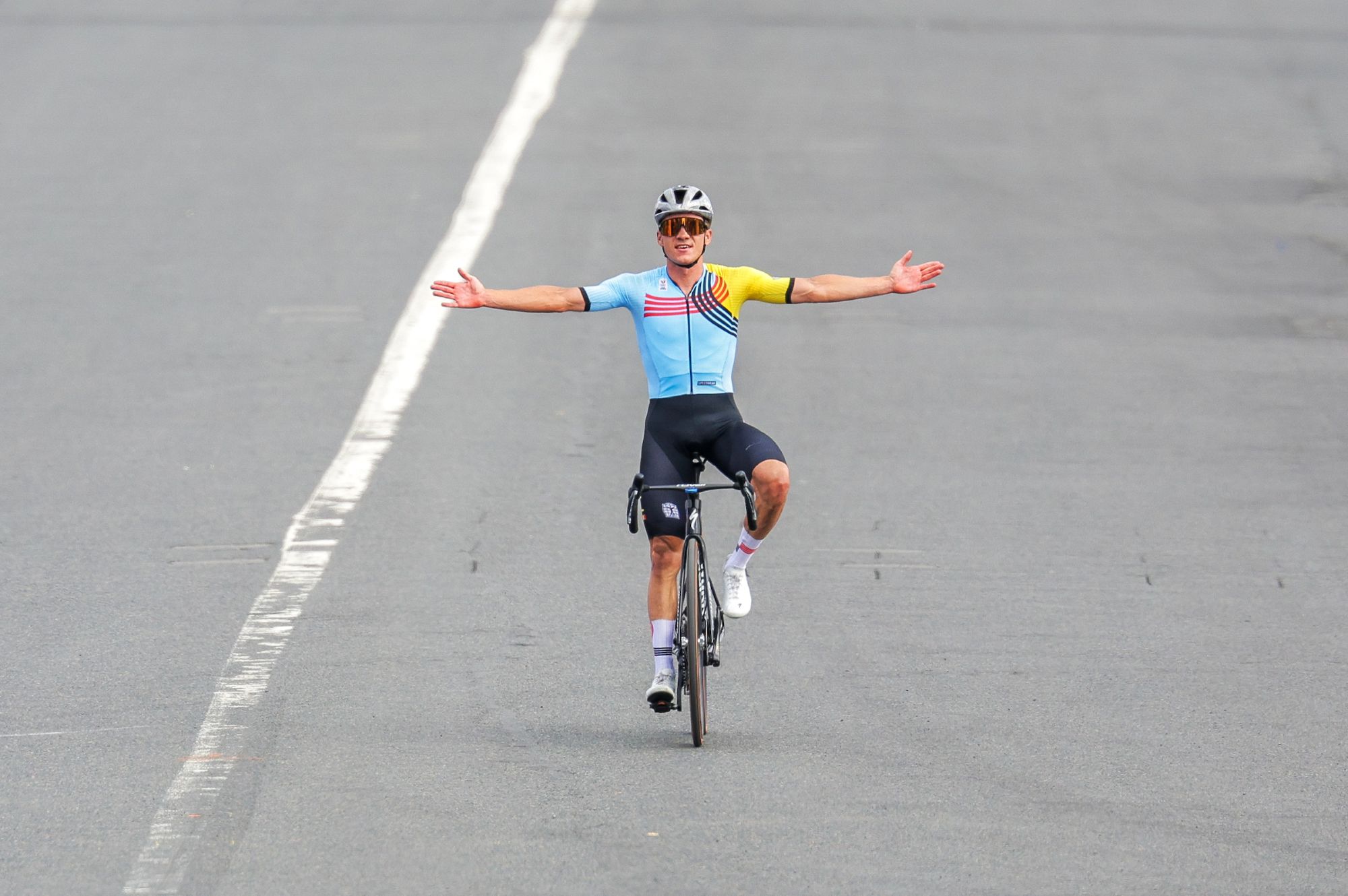 'If I were a tennis player then my career would be over': Remco Evenepoel contemplated early retirement after serious training accident
'If I were a tennis player then my career would be over': Remco Evenepoel contemplated early retirement after serious training accidentDouble Olympic champion was left with nerve damage and says his shoulder is not yet fully healed ahead of his return to racing at Brabantse Pijl
By Tom Thewlis Published
-
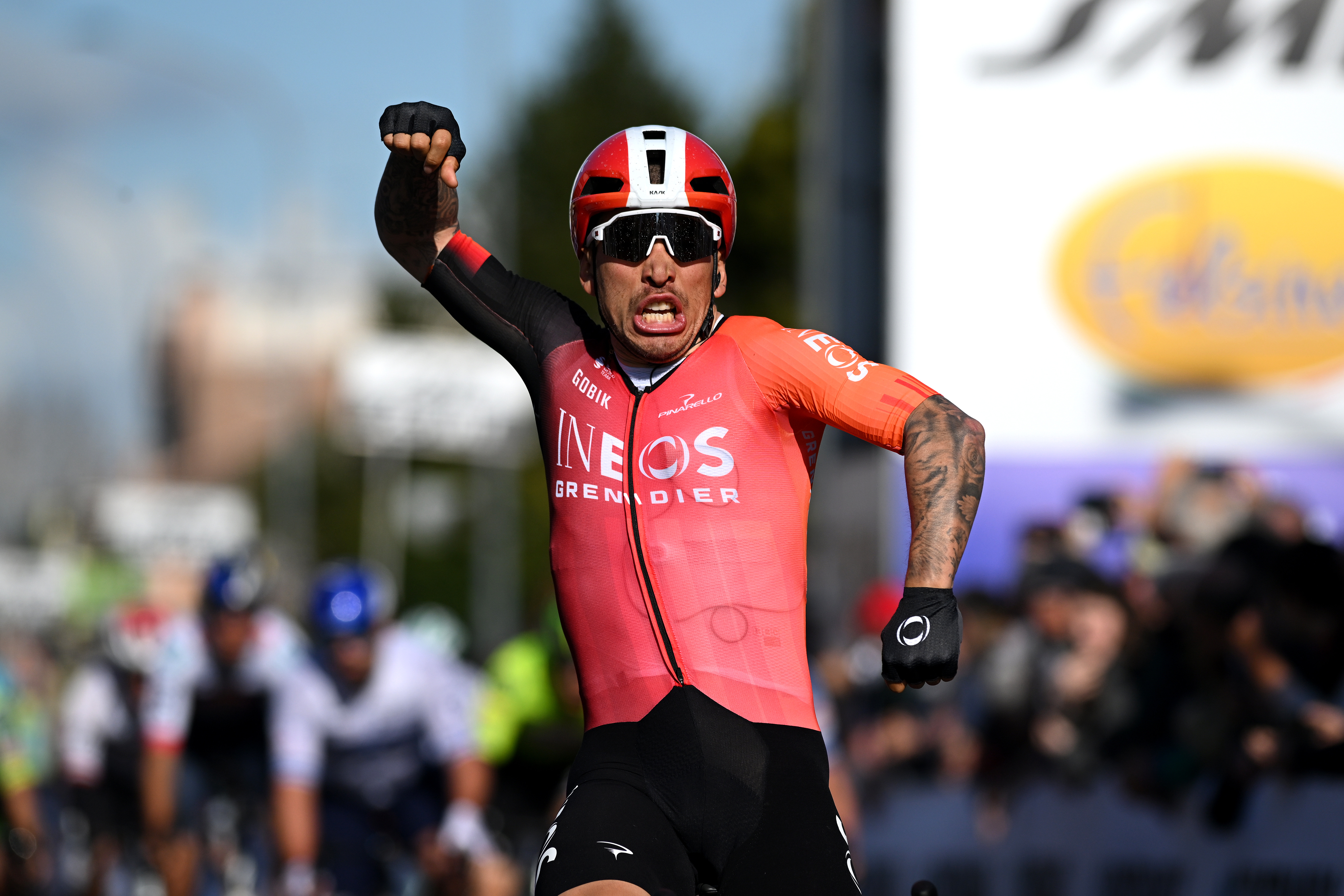 'It can really push me along' - How a velodrome comeback is making Caleb Ewan faster on the road
'It can really push me along' - How a velodrome comeback is making Caleb Ewan faster on the roadAustralian says he'll "definitely" continue track work after rekindling passion
By Tom Davidson Published